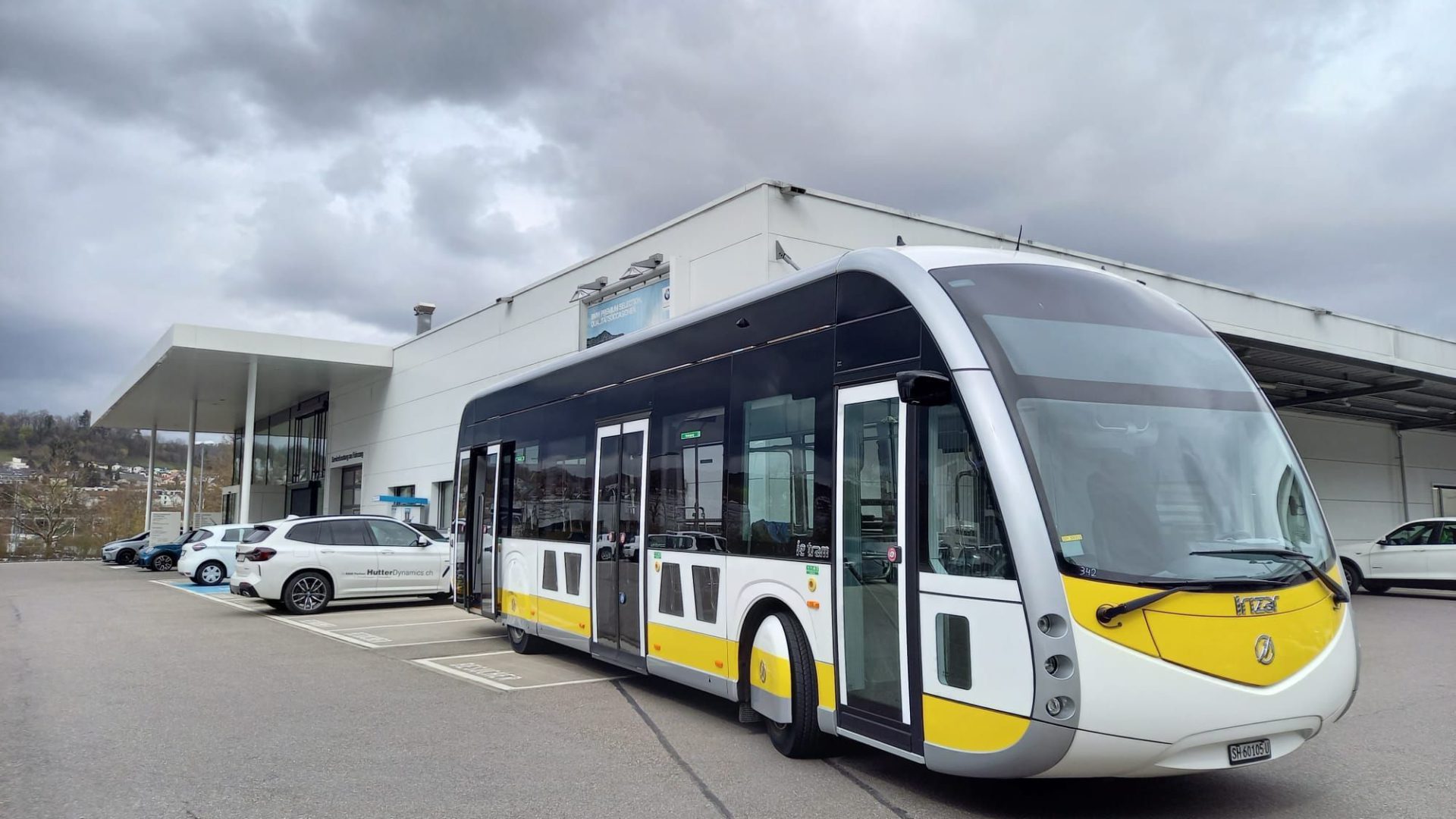Irizar electric buses have covered more than 750,000 km in Schaffhausen (Switzerland)
Over 750,000 electric kilometres covered and 60,000 ultra-fast charging procedures performed. It’s the milestone reached by Irizar e-mobility and operator VBSH Verkehrsbetriebe Schaffhausen within the project that see a fleet of 15 ie tram models (eight 12m-long and seven 18m-long vehicles) deployed in the Swiss city of Schaffhausen. Concerning charging infrastructures, thirteen 600 kW ultra-fast […]

Over 750,000 electric kilometres covered and 60,000 ultra-fast charging procedures performed. It’s the milestone reached by Irizar e-mobility and operator VBSH Verkehrsbetriebe Schaffhausen within the project that see a fleet of 15 ie tram models (eight 12m-long and seven 18m-long vehicles) deployed in the Swiss city of Schaffhausen.
Concerning charging infrastructures, thirteen 600 kW ultra-fast chargers and sixteen charging stations in depots have been installed. The chargers have been developed and manufactured by Jema, a company belonging to the Irizar Group.

Irizar ie tram fleet in Schaffhausen
What is worth mentioning, this is a unique example of opportunity charging electric bus system fully zero emission on its entire value chain, as the twelve 600 kW ultra-fast charging stations draw the energy to charge the vehicles from the Rhein river hydroelectric plant (run by the local company SH Power).
Since the fast charging infrastructure pantographs in Bahnhoffstrasse Street were installed a year ago, the zero-emission Irizar ie tram buses have been commercially operating all around the streets of Schaffhausen on a daily basis (13 units were delivered in summer 2021 after tests with two vehicles were completed). They have already performed more than 750,000 kilometres and more than 60,000 ultra-fast charging procedures.

As Iñigo Etxeberria, Export Commercial Director of Irizar e-mobility explained during the project closure event, “We would like to thank VBSH and the city of Schaffhausen for the trust they have placed in us. We are very proud to be able to bring our turnkey electromobility solutions to this city. The key for the success of this project has undoubtedly been the close cooperation between VBSH, Irizar Group and all the stake holders involved”.
Credit opening and third pictures: Linkedin page of VBSH Verkehrsbetriebe Schaffhausen







